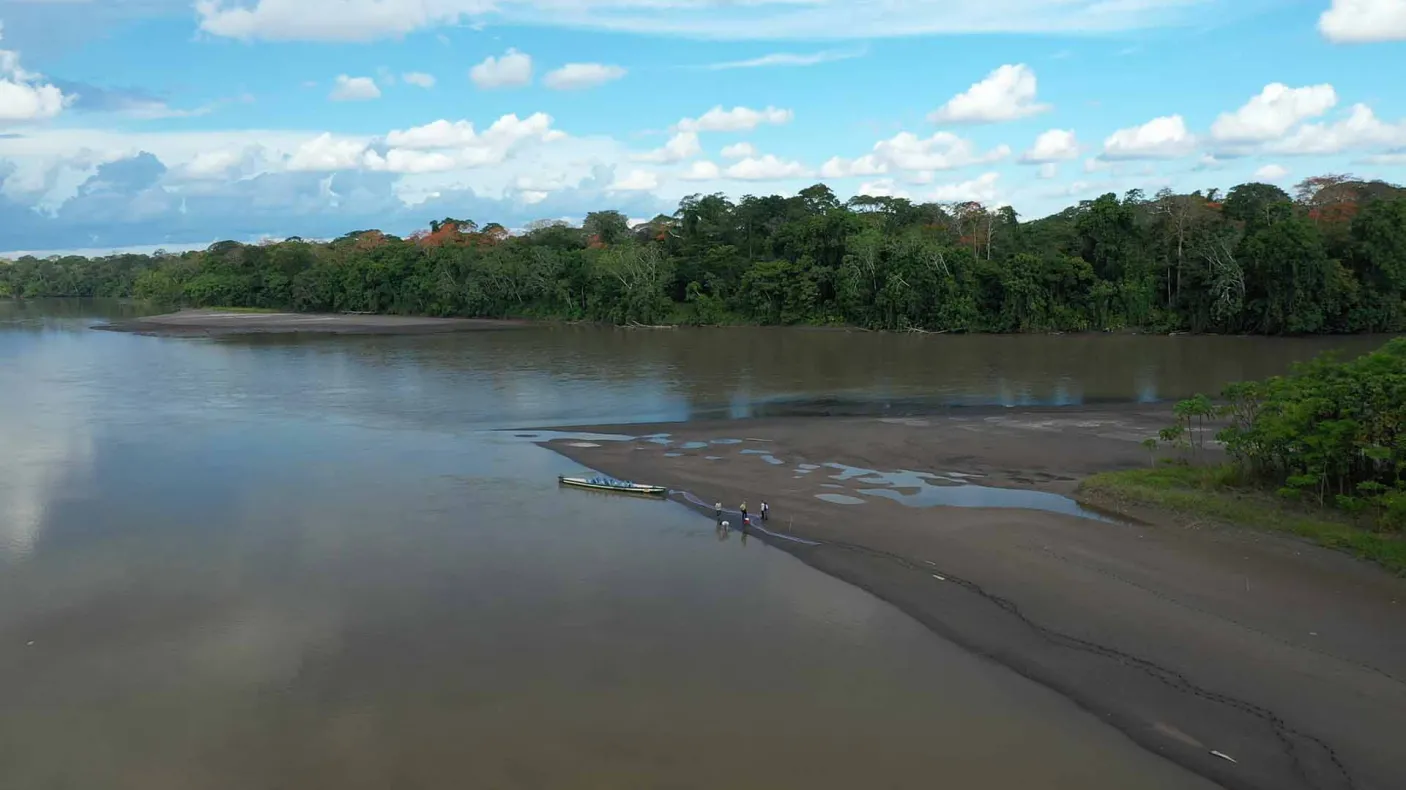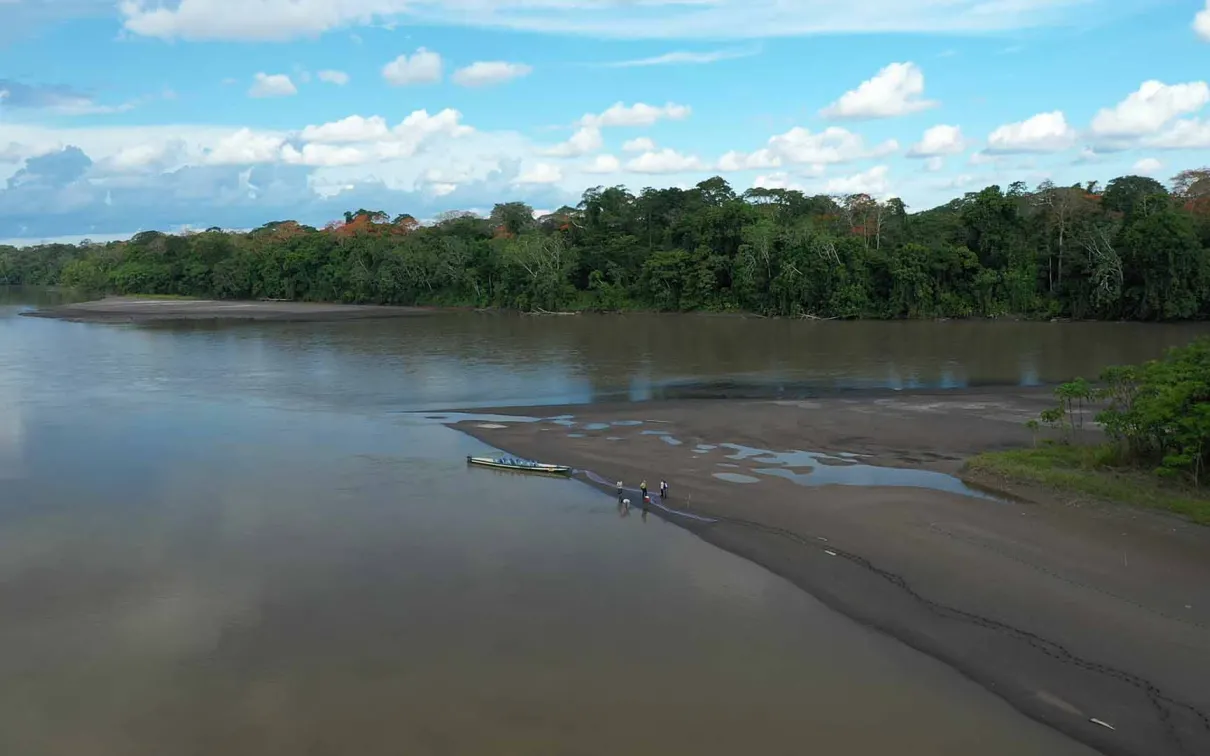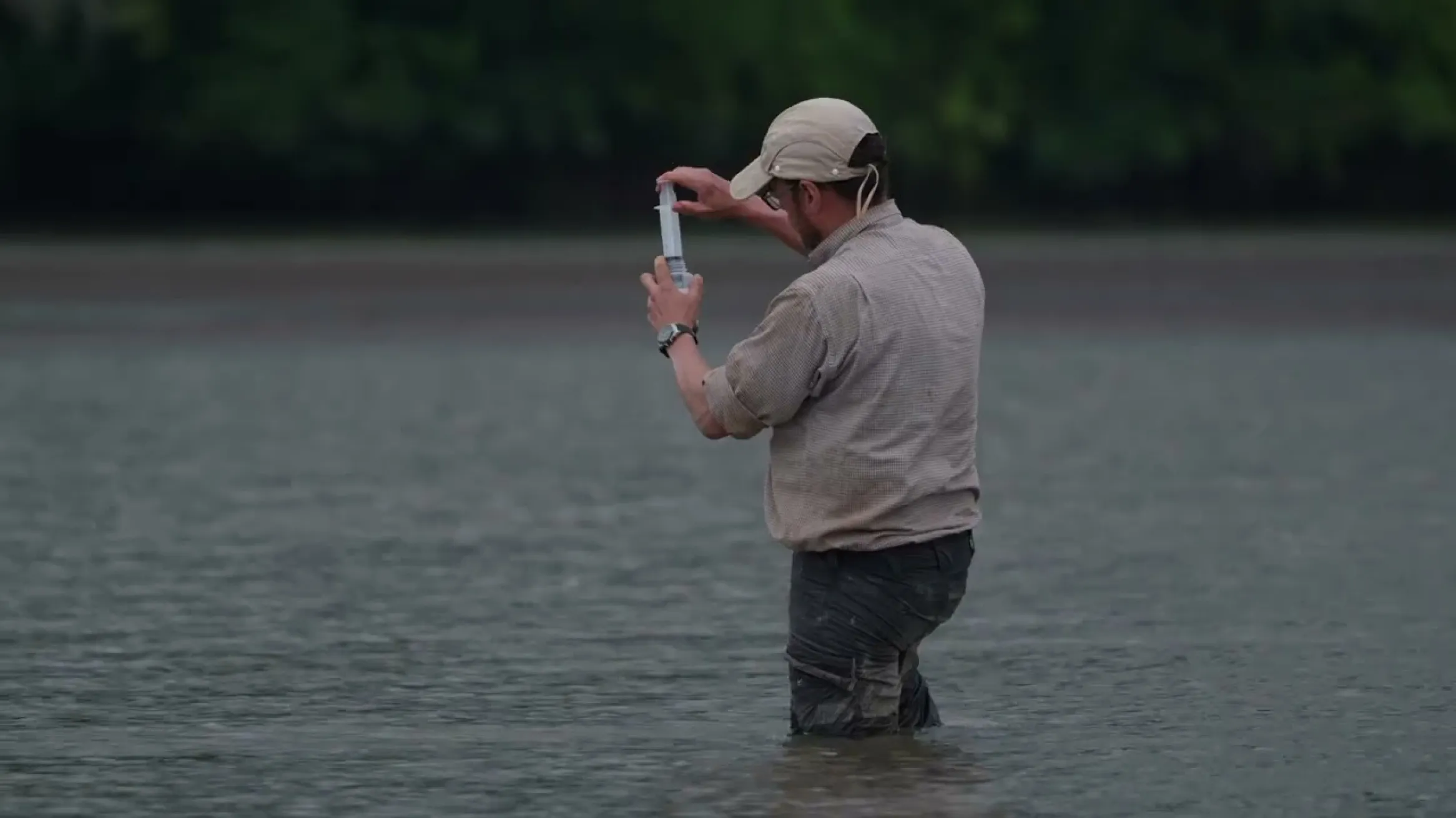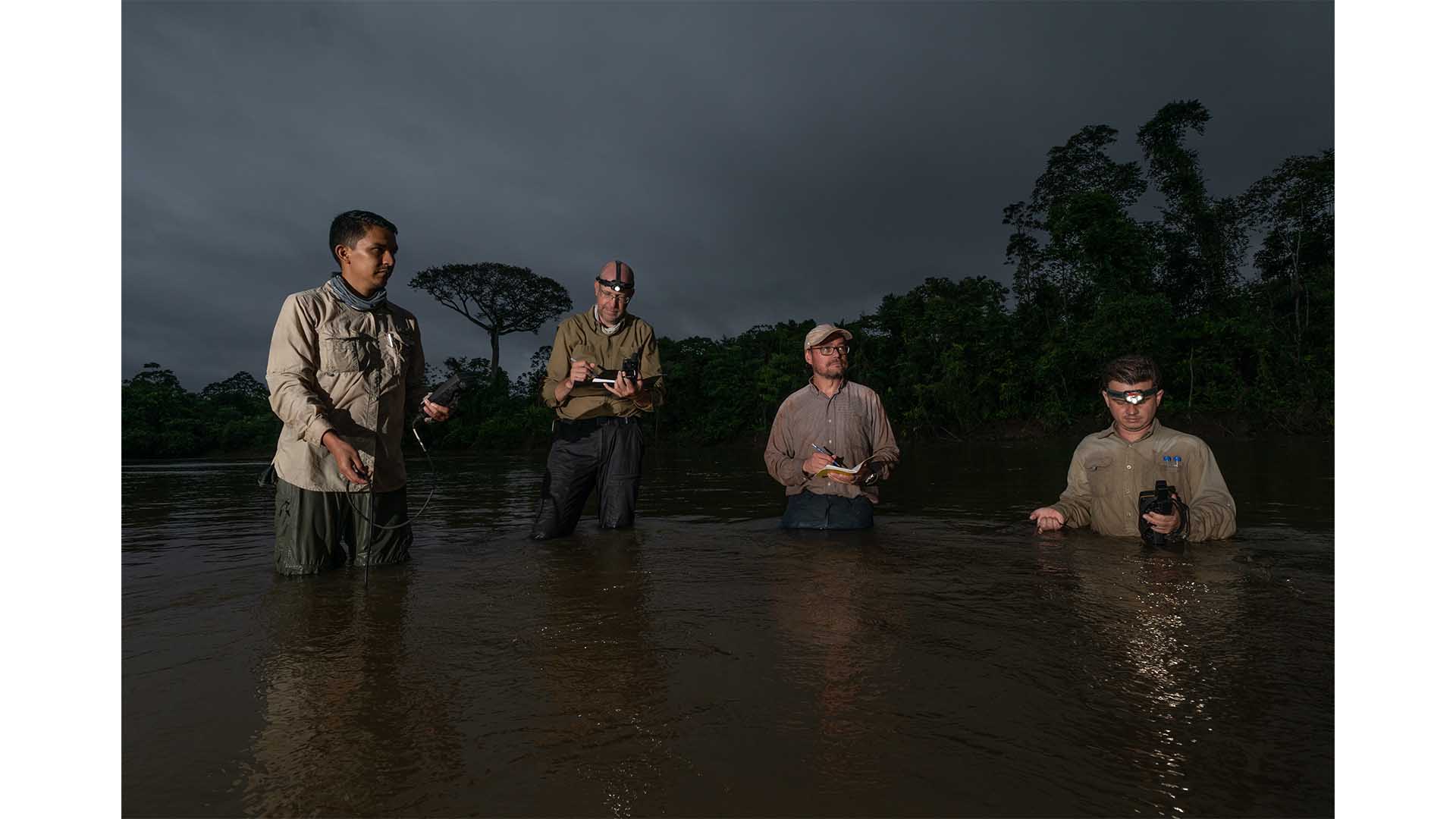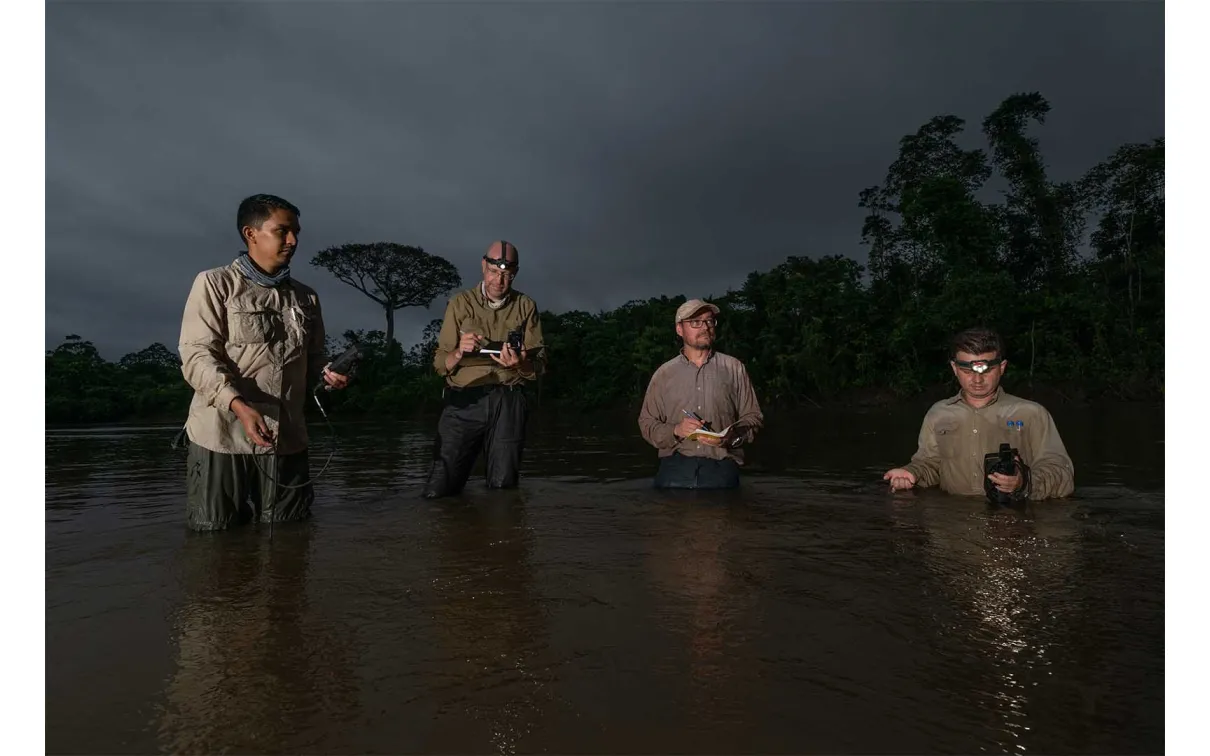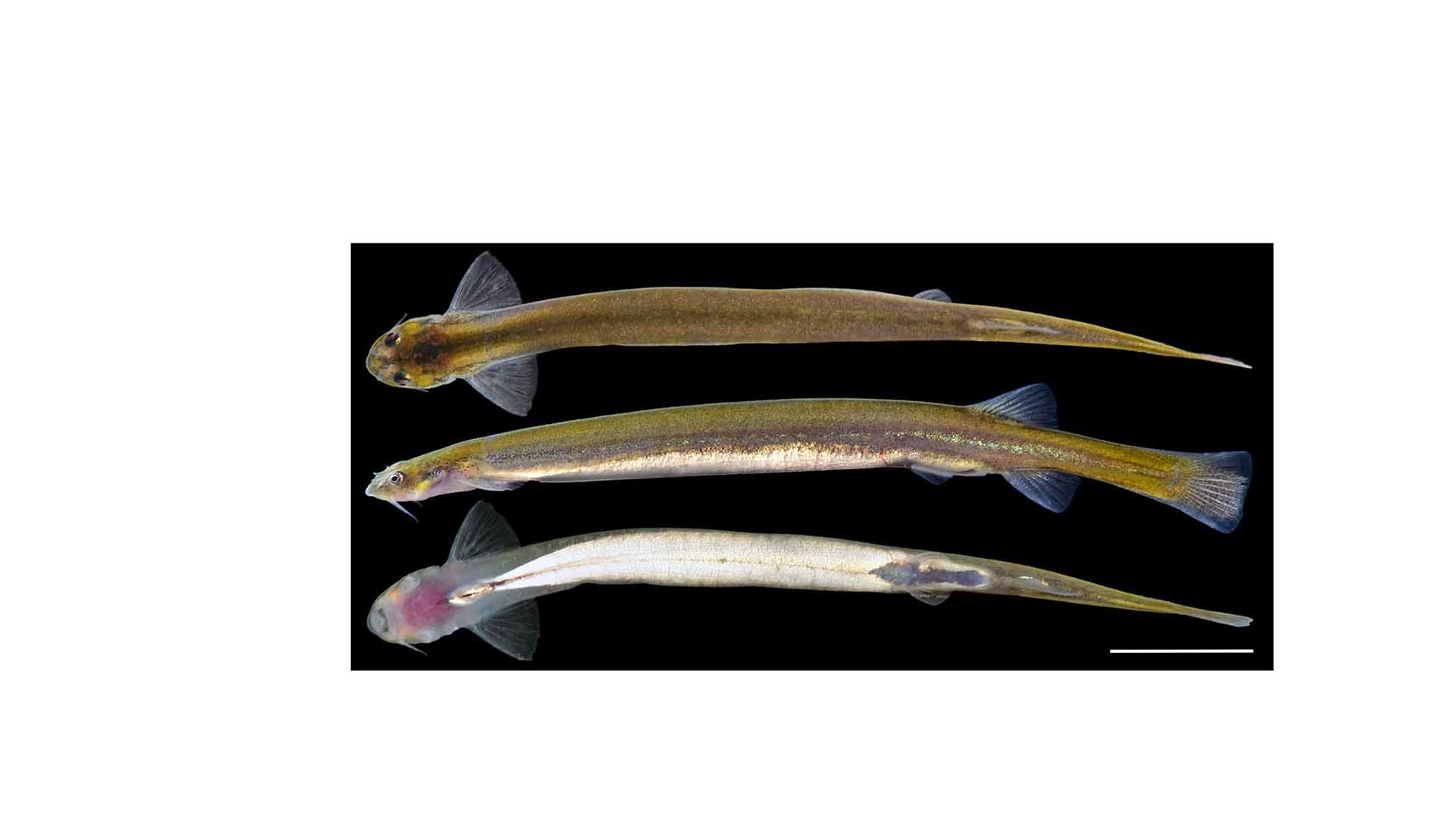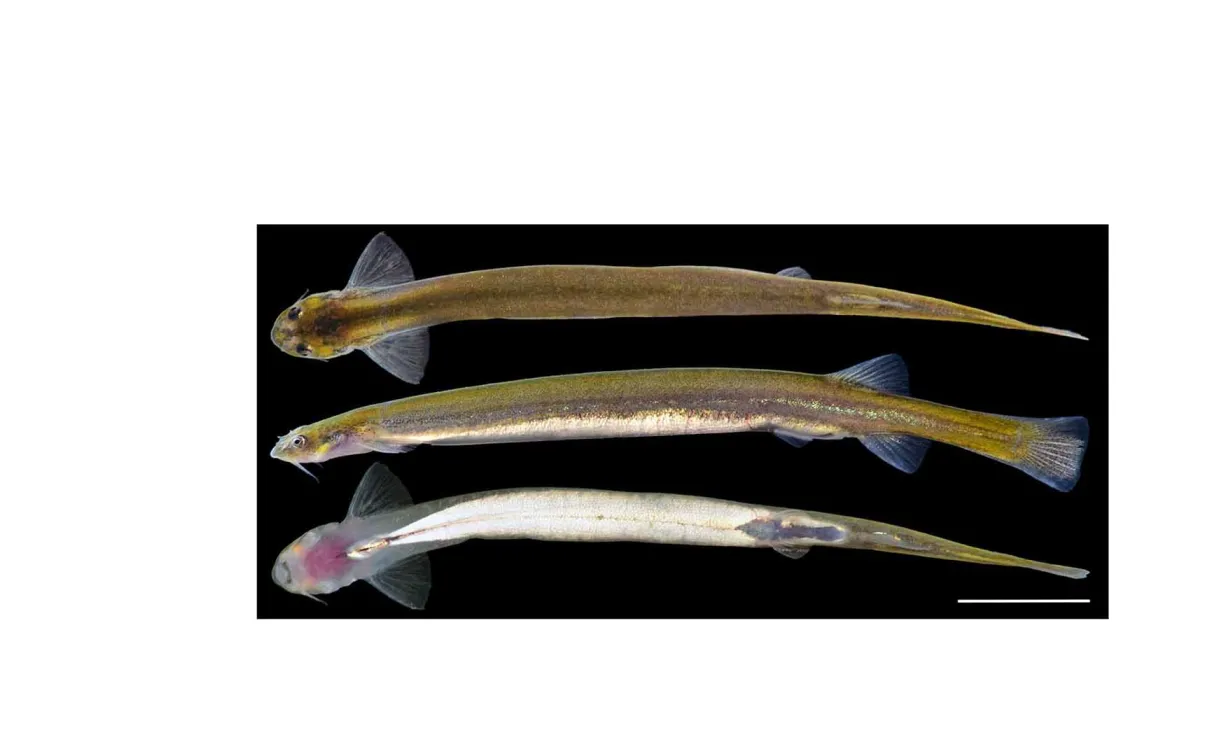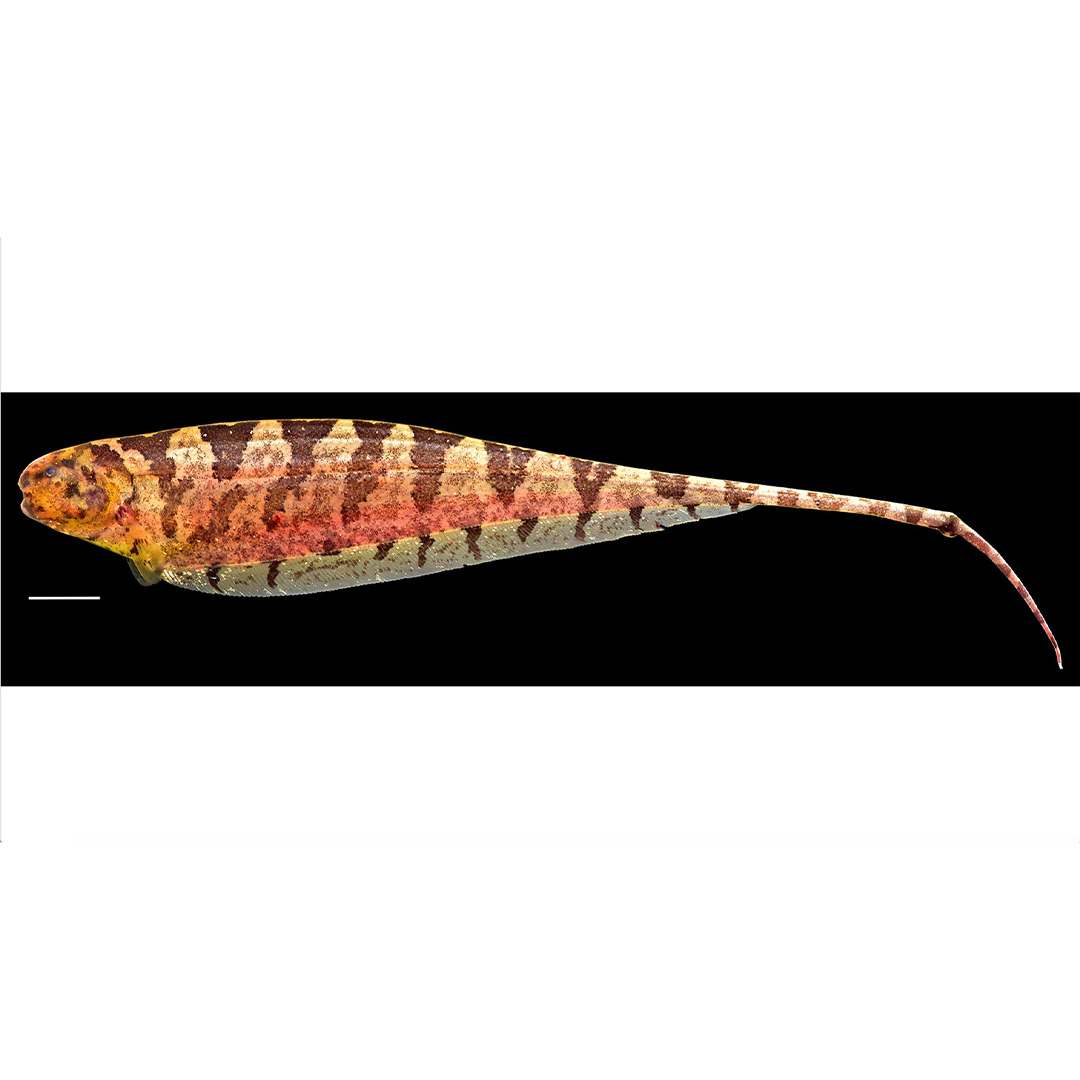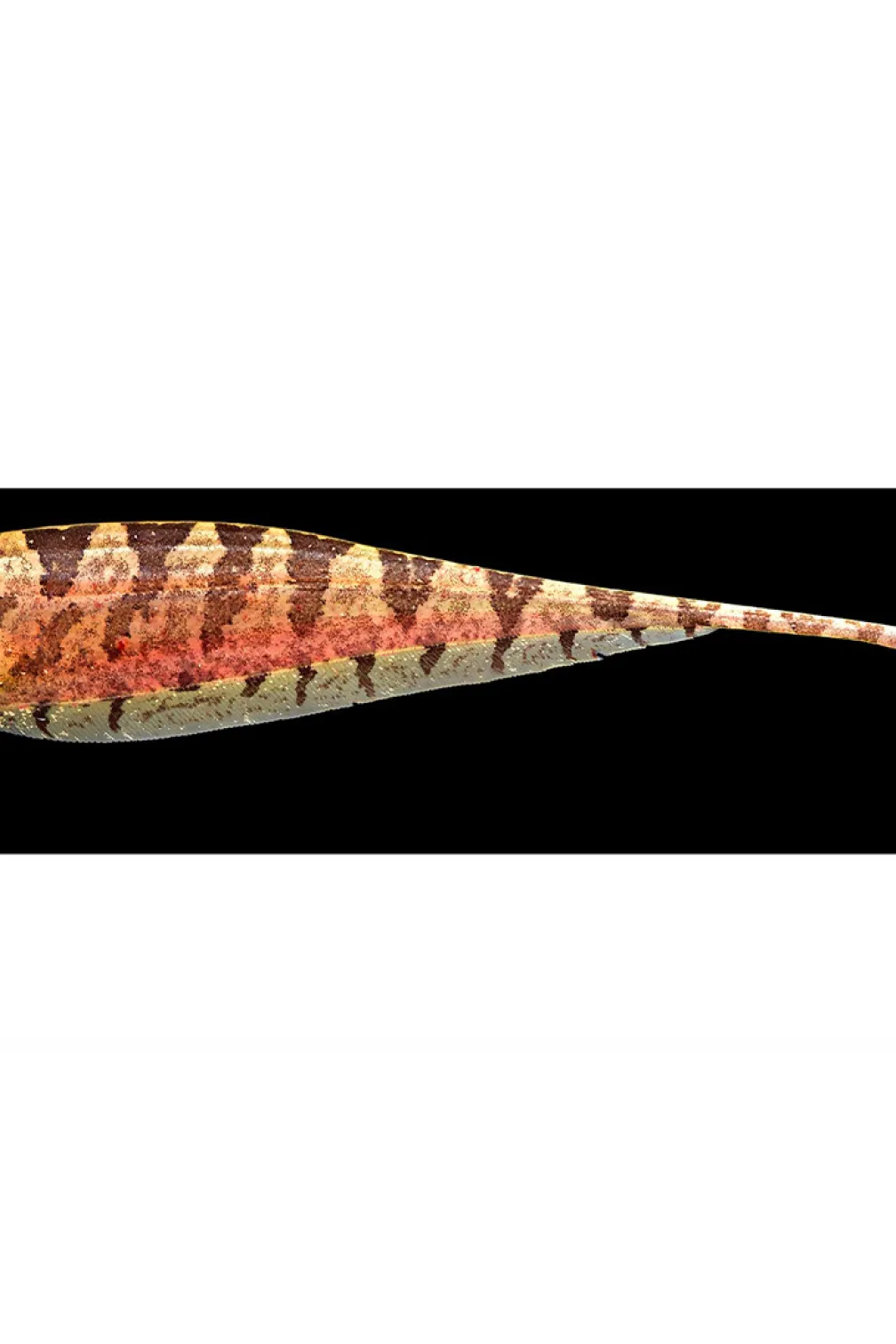Studying the Rare Fishes of the Ecuadorian Amazon
With new tech and clear resolve, Dr. Nathan Lujan plans his return to the Amazon.
Published
Categories
In a grainy video posted to Instagram,
In a grainy video posted to Instagram, the scene unfurls like a set piece from a science fiction film. Headlamps guiding them through the darkness, a team wades into a muddy backwater. It sounds like millions of fat raindrops slapping the river. But the narrow beams of light illuminate something far more extraordinary: hundreds of thousands of Prochilodus, leaping out of the water, as they move upriver. Offscreen, someone laughs and says, “Holy s***.”
That trip was six months ago, as part of a larger conservation project, led by Dr. José Vicente Montoya and Dr. Nathan Lujan, ROM’s Curator of Fishes, and funded by World Wildlife Fund-Ecuador and the University of the Americas, studying the “fishes of the Ecuadorian Amazonian rivers in the main watersheds of the Napo-Aguarico and Pastaza rivers.” Later this month, Montoya and Lujan will continue the work with much better equipment.
Meet the global team studying the biodiversity of Amazonian rivers. © Ivy Yin/Our Children's Earth Foundation.
Back in August and September
Back in August and September, Lujan gathered hundreds of tissues to study, but he was unable to capture the truly “bizarre fishes.”
“The Amazon, and all big tropical rivers, have a distinct benthic fauna: fishes that live in the main channels that are not easily sampleable,” he explains. “If you were just to enter the river by shore and drag a net, you would not touch this fauna.”
That fauna includes a
That fauna includes a “whole assemblage of night fishes” who live near the bottom of the river, moving through the inky blackness and hunting via a self-produced electric field, as well as blind catfishes who feast on tiny invertebrates living in the sand. Come later this month, Lujan will be able to catch many of these species using new trawl nets, which get attached to a boat and dragged across a deep-water channel.
The other new piece of equipment that has him excited is the Electrofisher—a Ghostbusters-like backpack built for biologists that puts electricity in the water, so fishes move out of their hiding places and someone nearby can scoop them up. This is especially helpful in big wood debris dams, where fishes are hard to reach.
As thrilled as Lujan is by the prospect of collecting rare and undiscovered species, he is acutely aware of the environmental and conservational aspects of the research.
“These fishes can be indicators of the health of these ecosystems,” he explains. “But they’re highly threatened by a number of human activities, including gold mining, hydroelectric dams, overfishing, and climate change.”
Gallery 1
Over the last two decades
Over the last two decades, there has been a boom in illegal “artisanal gold mining,” a misnomer given that Lujan explains it’s often a “highly industrialized enterprise with big, heavy equipment.” As part of the mining process, “mercury is mixed with gold-containing materials, forming a mercury-gold amalgam which is then heated, vaporizing the mercury to obtain the gold.”
Each year, this process dumps thousands of tons of mercury into the Amazon. That mercury then bioaccumulates in the environment, moving up the food chain starting with small fishes.
“Those at highest risk are Indigenous Peoples who are dependent upon fishes as a source of protein,” says Lujan. “It’s a huge public health issue.”
With a high demand for gold and lax enforcement of environmental laws, so-called artisanal gold mining continues to be a major problem throughout the Amazon. But by studying traces of heavy metals like mercury in Amazon fishes, Lujan and his colleagues hope to bring more attention to the issue—and urge governments to act.
Dr. Nathan Lujan’s appointment was made possible with the generous support of the Herbert A. Fritch Family Foundation.
A Day in the Field
Thanks to a well-entrenched eco-tourism industry in Ecuador, Lujan and his team will be able to sleep inside a comfortable lodge instead of roughing it outside during their trip to the Amazon later this month. But their work will be gruelling all the same.
Morning is for relocation and logistics. Then, it’s off to the river, where they work all day with local guides to collect specimens. At night, “there is a faunal changeover in rivers,” so they continue sampling “late into the evening” to catch the elusive night fishes.
Once they’ve collected the day’s specimens, they bring them back for processing. “That involves euthanizing fishes, then separating out distinctive, pretty fishes we want to photograph,” says Lujan.
He photographs all the fishes himself—a process almost as intense as collecting them. To capture their natural beauty and unique colours, he sets up a “photo tank” filled with clear, clean water brought expressly for this purpose. Then, he pins the fish and uses natural sunlight to photograph it, creating stunning portraits he uses for research and shares on social media.
Between the painstaking photography and hours spent on the river, Lujan only gets a few hours of sleep before he’s back at it again. “There’s a lot of costs and logistical effort to getting to the field,” he says. “So when you’re there, you want to maximize the work you can do—and really only do—on site.”
Dr. Nathan Lujan’s
Dr. Nathan Lujan’s appointment was made possible with the generous support of the Herbert A. Fritch Family Foundation.
Still curious? Read the open letter from World Wildlife Fund calling on governments to prioritize freshwater conservation.

